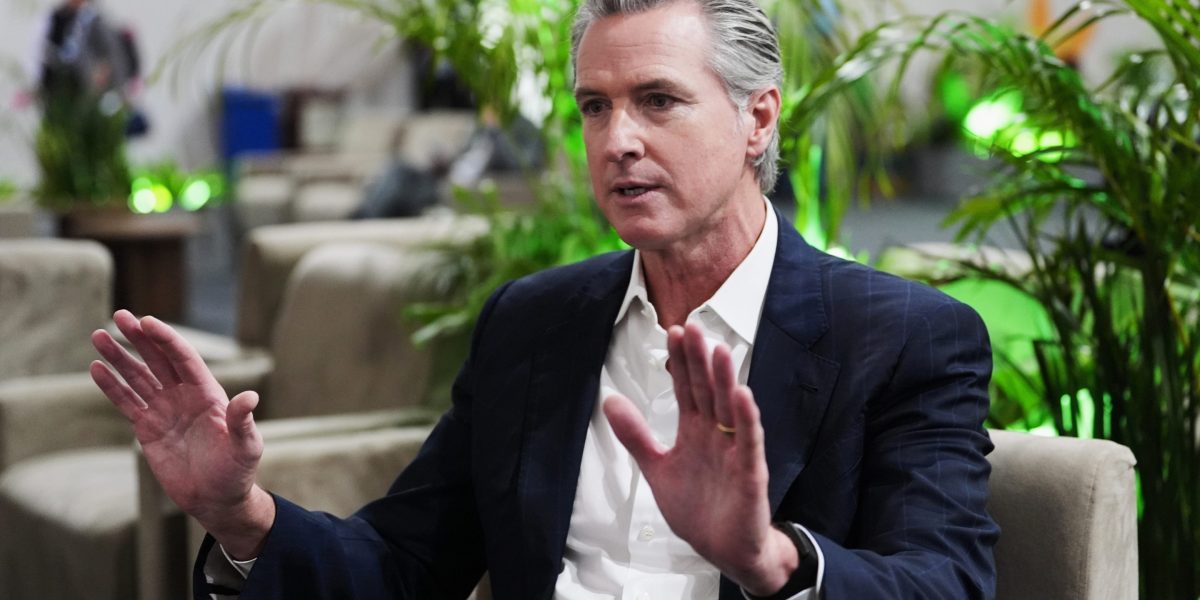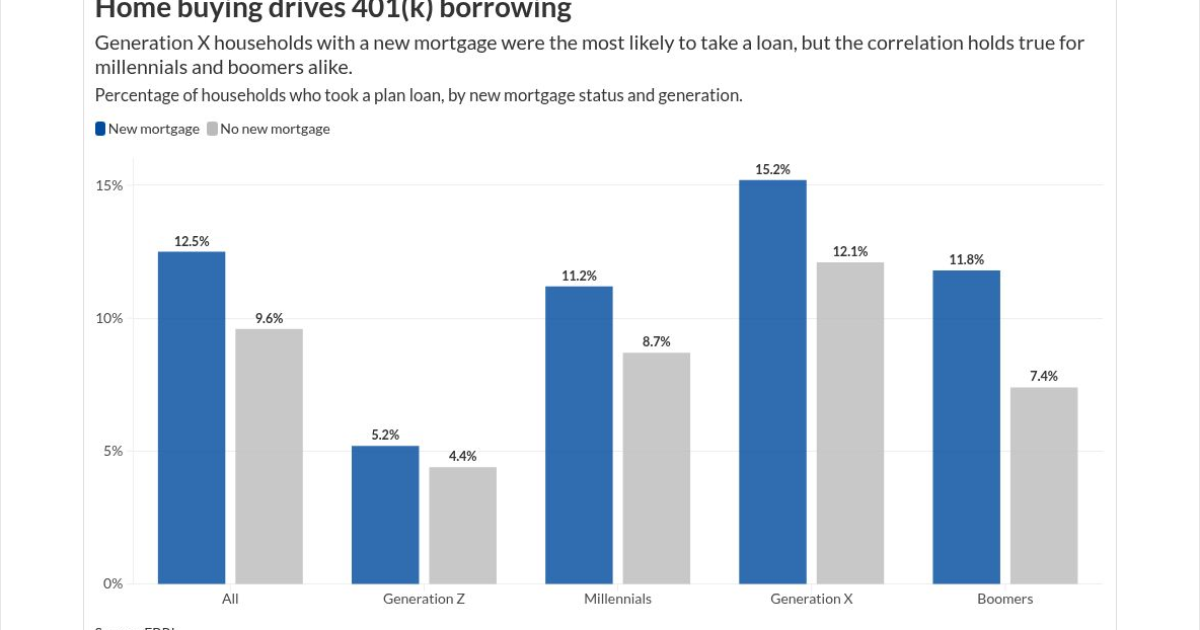It is an axiom of asset bubbles that—under the bustling surface—widespread malfeasance takes place. This is especially true near the end of asset bubbles, where participants fear missing out on the supposed riches produced therein, but—failing to achieve them—ultimately resort to chicanery and fraud to achieve their ends.
In financialized economies, like those of the US and most of the developed world, the problem is obscured, making discovery more difficult. Economic transactions are not as straightforward as one might hope—I pay you X dollars for a product, and you deliver it more or less immediately.
To take a simple but illustrative example, when you use a mortgage loan to acquire your home, who is lending you that money?
Contrary to popular belief, the person or company who takes your mortgage application has little to do with the money used to acquire the home. Mortgage companies borrow short-term money from wholesale lenders, who, in turn, borrow money from large banks. As soon as you buy your home, the mortgage lender is busy packaging that loan, with many other similar loans, and selling it to Fannie Mae or Freddie Mac. These government agencies then bundle up such loans—with the help of investment banks—into a security which they sell to the general public directly or through institutional investors.
Thus, the money for your home loan comes from the taxpayer. That fact is hidden behind numerous step transactions, and only becomes apparent when you study the matter.
The US economy is built on such illusion, enabled by complex but vapid financial engineering. Recently, two prominent bankruptcies have laid bare the absurdities of a financialized economy in the midst of a raging credit bubble.
Tricolor: Subprime Auto Loans to Illegal Immigrants
Tricolor Holdings—a privately-owned company based in Texas—is often described as an auto retailer. However, like many such retailers, its business is heavily reliant on originating auto loans for their car buyers. Crucially, most of Tricolor’s customers were subprime borrowers, as the company explicitly targeted the—mainly Hispanic—immigrant community, often the illegal immigrant community.
As reported by the Financial Times earlier this year, a Tricolor bond prospectus published in June showed that 68 percent of Tricolor’s borrowers did not have a credit score. Not a low score, but no score at all. More than half didn’t have driver’s licenses. Of the 32 percent of borrowers that did have a credit score, the average was 614.
As any participant in the financial markets knows, subprime borrowers are likely to generate high rates of loan defaults. Tricolor’s average interest rate on loans to these borrowers was more than 16 percent.
Tricolor was not, however, lending their own money to their car buyers and loan borrowers. That’s not the way the business works. Rather, Tricolor was heavily funded by wholesale or “warehouse” lenders, and prominent ones at that.
Barclays, Fifth Third Bancorp, Origin Bank, and others were among Tricolor’s warehouse lenders. JP Morgan Chase—supposedly the shrewdest of the large banks—was not just a warehouse lender but led the underwriting and structuring process for several Tricolor bond offerings over the years.
As warehouse lenders, these banks would loan money to Tricolor, who would subsequently loan that money to the subprime borrowers buying their vehicles. These subprime auto loans would then be packaged into securities and sold into the capital markets, to be acquired by individual and institutional investors. Those proceeds would then be used to pay back the wholesale lenders, with participants taking fees along the way.
A recent federal investigation into the company—kicked off by credible allegations of fraud—has resulted in Tricolor’s recent bankruptcy filing and the plunging valuations of its bonds. Among other things, authorities are trying to determine whether Tricolor double-pledged—using the same set of subprime loans as collateral against multiple warehouse loans. This would be akin to a homeowner with a $500K mortgage on a $600K house taking a second mortgage for $500K without notifying—in fact, intentionally withholding relevant information from—the lender about the first mortgage.
First Brands: Borrowing Against Expectations
Another troubled auto industry participant is First Brands. A seller of car parts, First Brands began borrowing heavily to acquire companies shortly after its formation in 2013.
First Brands was heavily indebted on the surface, its balance sheet carrying significant liabilities. However, it was hiding even more debt through “off-balance-sheet” instruments. The company—like many others—would bill customers for services using standard commercial terms where, for example, payment would be required within 30 or 60 days.
Once a service is provided and a bill is sent to the customer, the company holds an asset. That asset is the receivable—the demand it has made for payment—which it expects to receive at some point in the future. It can then—given an appropriate level of interest from counterparties—sell those receivables or borrow against them. First Brands did a lot of the latter, borrowing over $2 billion using these methods. The condition of its finances, already precarious, was uncovered along with its off-balance-sheet obligations in a restructuring exercise earlier this year, leading to its demise and bankruptcy filing in September.
Golden Age of Fraud Strikes Again
Looking under the hood, any analyst worth his salt would immediately ask how the biggest banks in the world were taken in by absolutely awful businesses on the one hand, and clearly evident malfeasance on the other hand.
A reasonably thorough review of bond data and other due diligence would have certainly flagged signs of double-pledged collateral, off balance sheet liabilities, and the like. Meetings with executives leading the company would have clearly pointed to incompetence mixed with deceit. But none of those facts were uncovered.
As money is printed by the central bank and pumped into the economy through the transmission belt of the big banks’ lending system, that money needs somewhere to land. In an economy that is highly financialized, real and productive business opportunities are limited. Catching the eye of lenders and investors therefore becomes less about a compelling business case and more about financial engineering, employment of the right buzzwords, and political guile.
This type of malinvestment has a root cause in artificial credit expansion combined with limited real economic growth. A pervasive environment of low interest rates catalyzes this milieu by limiting the universe of opportunities yielding acceptable returns, thus causing investors to “stretch for yield” in the market—taking outsized risks to earn a suitable return. Risk awareness and due diligence fall by the wayside as the discipline of capital allocation is replaced by the fever of speculation.
Tricolor and First Brands were horrible businesses, with no long-term prospects, run by buffoons. The existence of zombie companies like these is due primarily to artificial credit expansion and the dumb money that evolves therefrom. Their collapse is confirmation that easy money carries with it massive amounts of waste and fraud, mostly hidden under the surface. Undoubtedly, they are only two of many such cases.


























